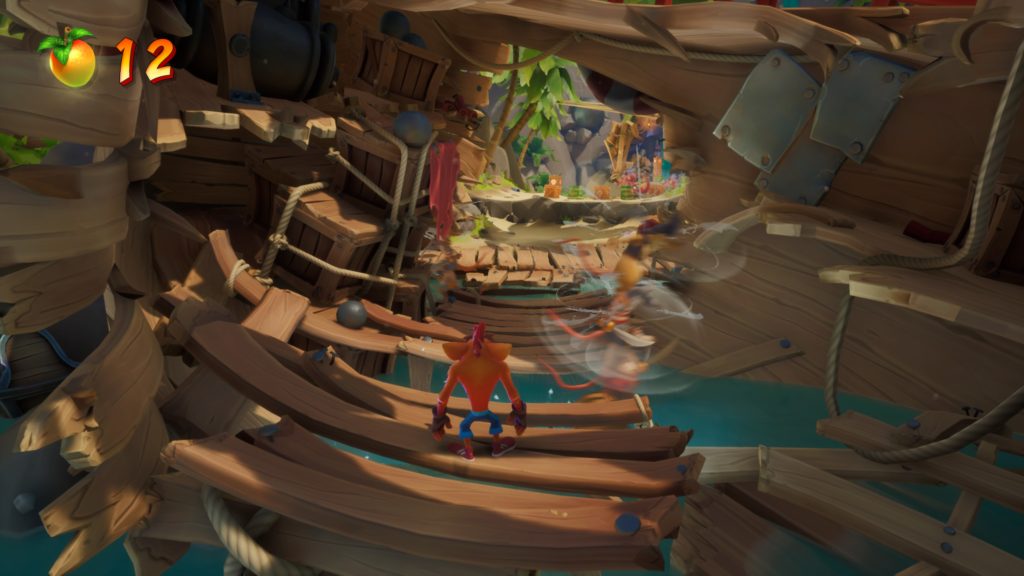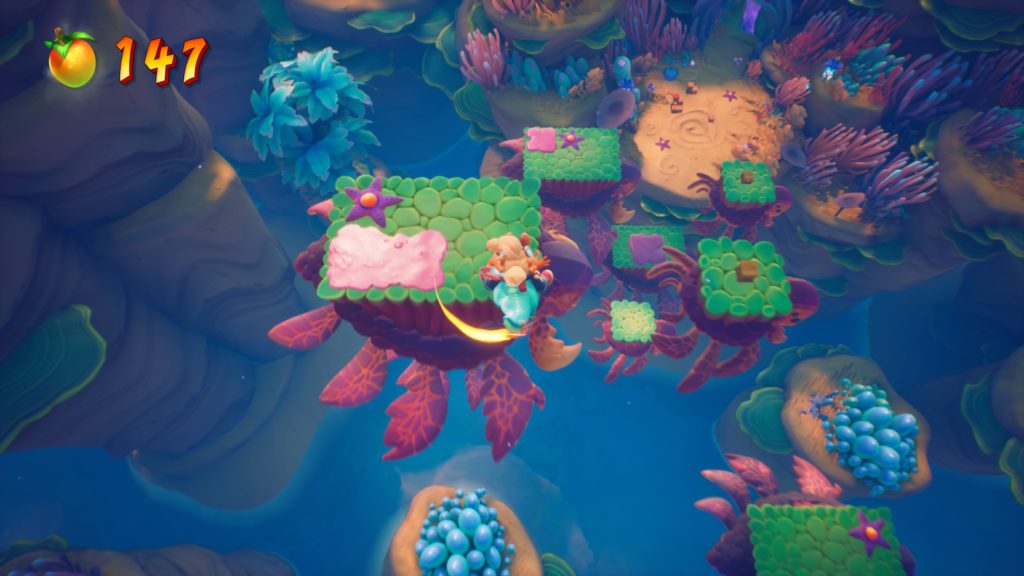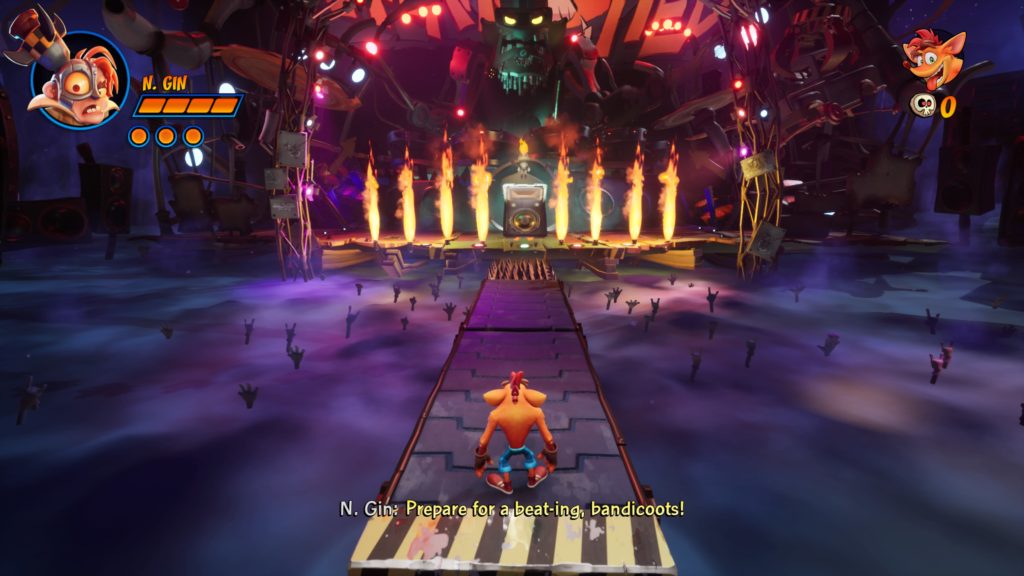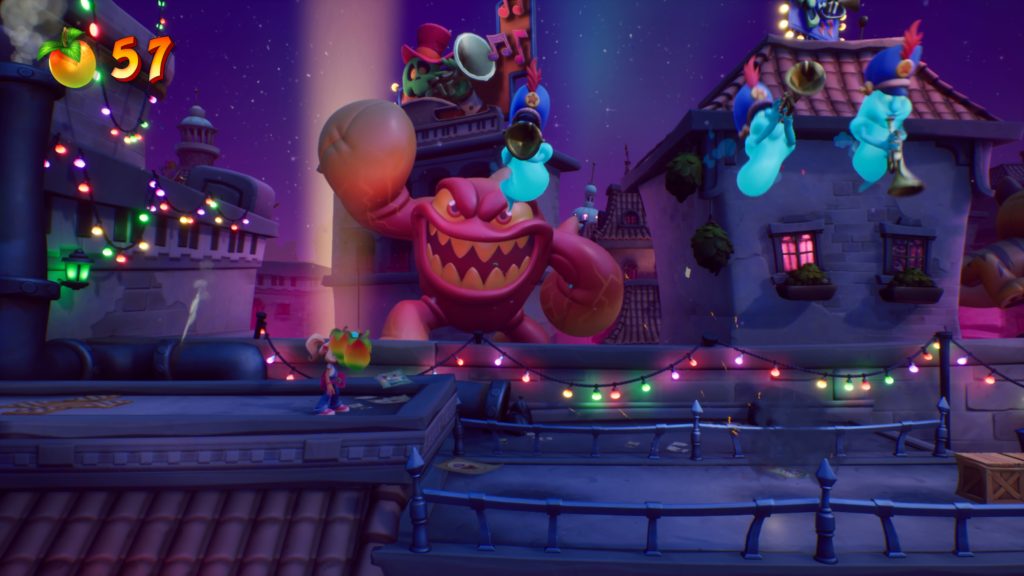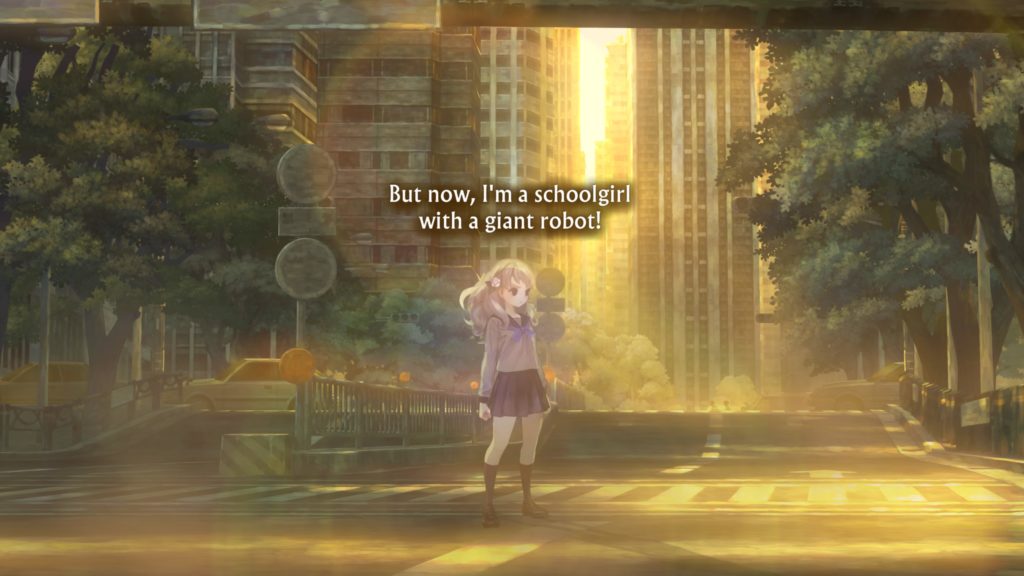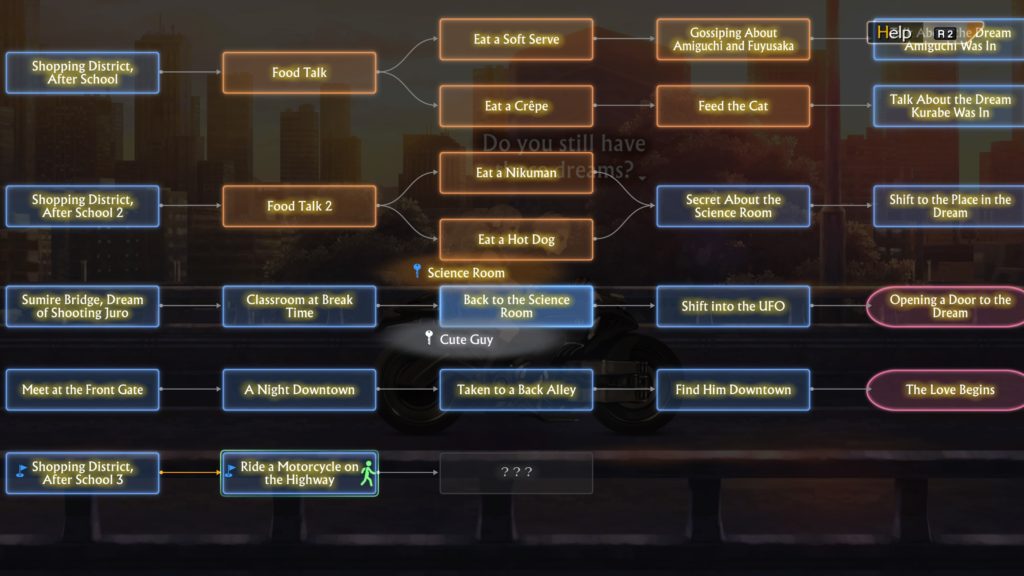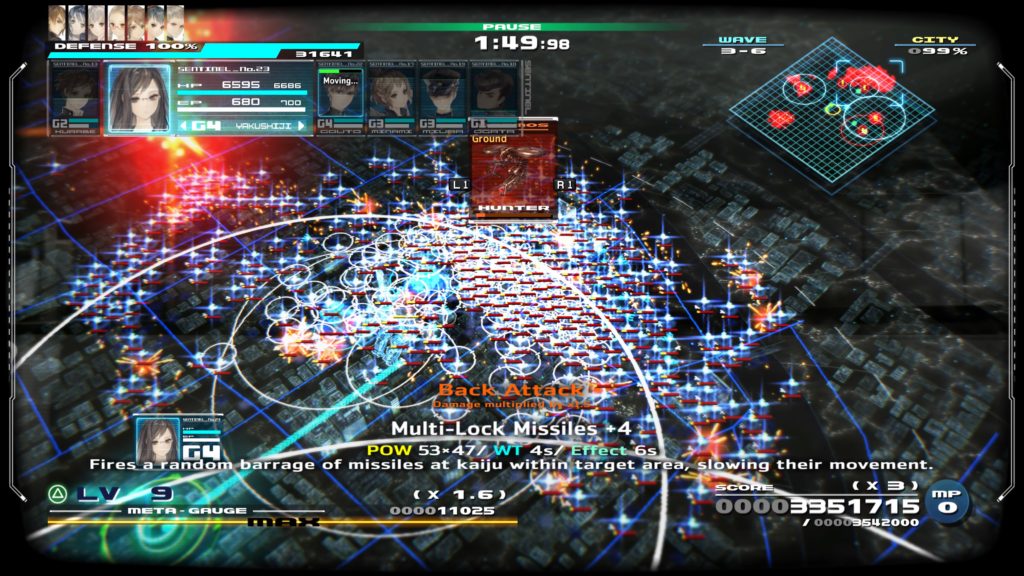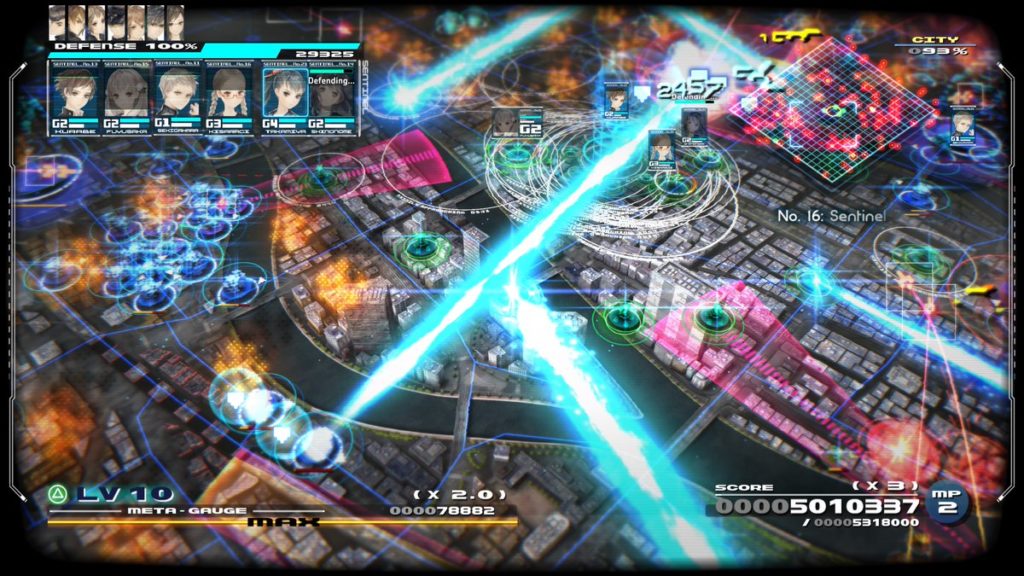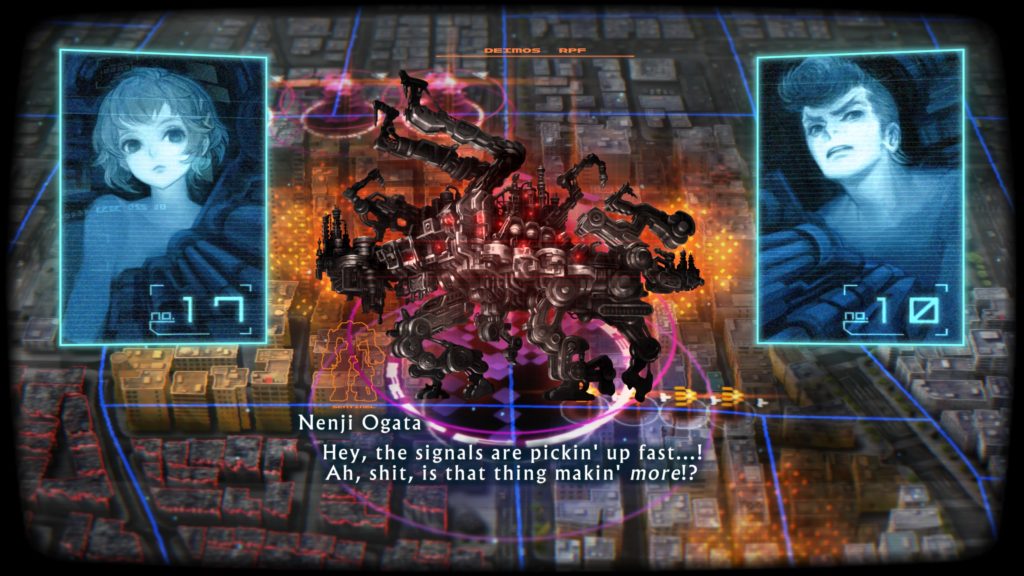- Genre: Space Flight Sim
- Platform: PS4
- Also Available On: Windows, Xbox One
Now I’ll be honest – I didn’t spend a single second in the multiplayer here. By all accounts it’s pretty fun and well made, but that was not at all what I wanted out of this game. What I wanted was a pretty specific thing – a quick hit of space flight in the vein of the Rogue Squadron or Starfighter games, and this really hit the mark there.
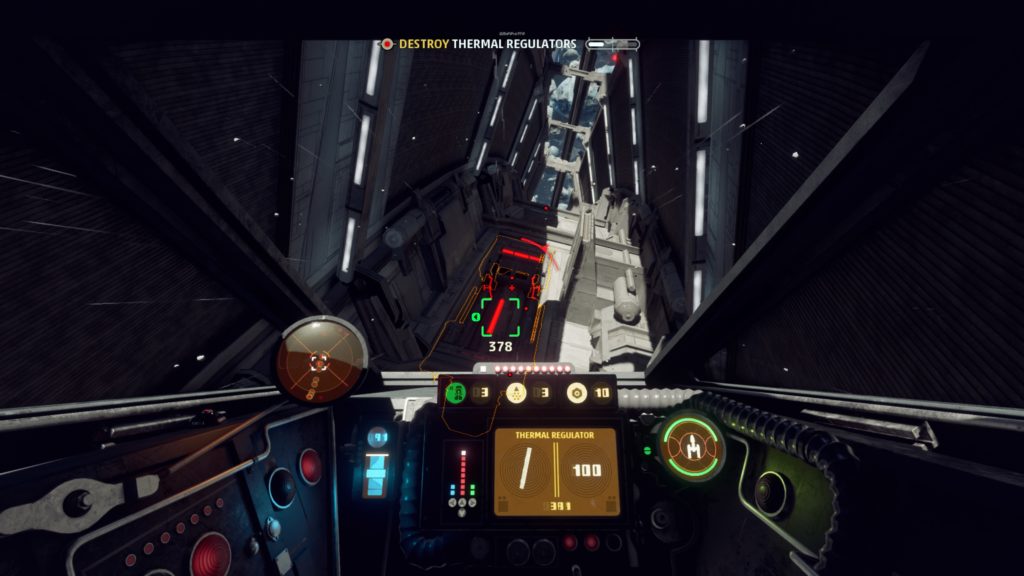
Compared to those two series I mentioned there’s really two main things that make Squadrons work so well as a modern game, and the first of these is perspective. The entire game is absolutely designed as a first-person experience and it makes the games work far better. I know that sounds silly, but it’s the same reasoning why I vastly prefer first-person views in racing games. The immediacy of input when you have a fixed perspective gives much better feedback to the player when they’re changing directions. That sort of immediacy in third-person more often than not feels awkward, so you get things like drag and delays on camera booms of third person cameras, which works well to smooth out the camera but gives the feel of delay on input.
It’s a fairly subtle change on the surface, but it results in a much better pace of gameplay. You see the results of input faster, so your reactions are faster, your dodging is faster, your kills are faster. However, that doesn’t just mean everything can just be faster – it means there can be more. Avoiding enemy fire effectively means there can be more enemy fire. Killing enemies fast means there can be more enemies. Quicker controls means there can be tigher spaces and debris that aren’t annoyances – but actual interesting gameplay opportunities. It all works well to ramp the spectacle at the same time as ramping the gameplay, and feels far more interesting than what came before.
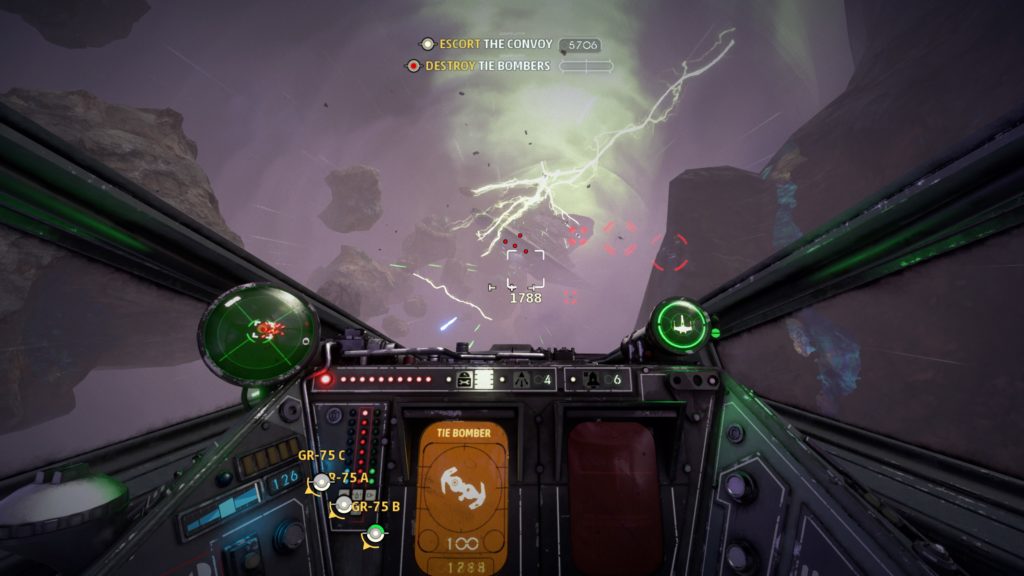
The second real change is around handling of AI. It’s not so simple as to say they’re competent, but that they’re controllable. In a way it reminds me a lot of another Star Wars title – Republic Commando. The AI on their own can do a fine job, but where the real benefit comes in is in telling them what their focus should be. Have a guy on your tail that you can’t seem to quite shake? Direct the AI at them. Want the AI to focus on the main target while you take out TIE Fighters? Direct the AI at them. Again, this is a pretty subtle change, but its impact is immense. The battles become less about one-on-one or going after a specific target, and more about managing the flow of battle as it comes to you. If there’s only a main target left, you can all pile onto the target and take it out, but for larger battles you have a lot more flexibility to direct both yourself and your team in a way that pays the most benefit to you.
There’s some smaller systems that also work into this, but are more loadout based. On the surface, the loadout option to add a rechargeable repair droid to your ship seems like a safety valve for less skilled players. However, when I used it it allowed me to play extraordinarily aggressively, often to a stupid level, running right at larger ships and running through their shields while laying in damage. There were also options for main guns and missiles that allowed me to disable enemy ships, giving me options to disable and move on while sending my AI folks in for the cleanup. It’s things like this that add that touch of customization that modern games really lean into. It’s a level beyond merely picking your ship, and leans into making the game work for you instead of you fitting into the game.
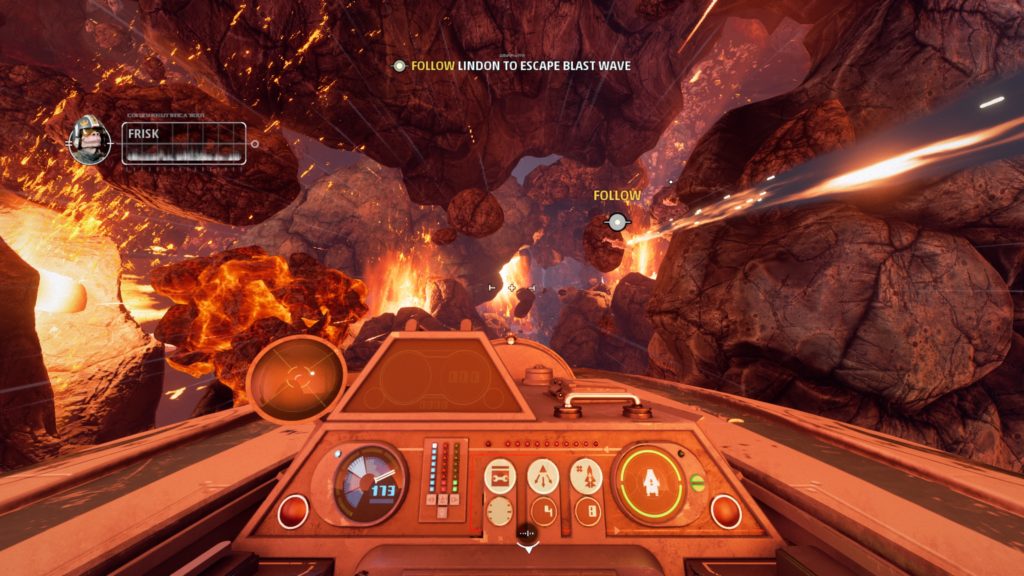
I guess all of that is a long way of saying that this was fun and it really felt like it pushed the space flight Star Wars gameplay in a nice direction. You can feel hints of the Rogue Squadron and Starfighter games in there, but this is definitely a more modern approach. It’s also focused in its execution. Ya there’s single and multiplayer, but it’s not trying to be something it’s not. There’s no open world, there’s no overarching metagame, there’s no distractions. It’s space flight done well that doesn’t overstay its welcome. In that, it did exactly what I wanted it to do.


